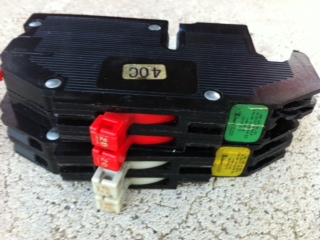I listened to the audiobook. The author/narrator tells a good story of Ben’s turn around from being the “Answer Man” to the “Question Man” and from the “Judger” to the “Learner” mindset. As stated in the book, “Great Results begin with great questions.” It takes discipline and practice to move away from withholding the answers and becoming the “learner” by asking questions and allowing others to provide the answers. I particularly like the Q-storming instead of brainstorming. Sometimes it may seems to be playing the Double Jeopardy.
Overall, I learn to be more conscientious of which role I’m playing when and if I run into a sticky situation. The switching questions help. Ben’s story may be a bit juvenile and dramatic but it drives home the point that being the Judger affects negatively a person’s work and personal life. To be successful as a leader, asking questions is more effective.
The 10 tools are:
1. Empower your observer: Be present with yourself and others.
2. Use the Choice Map as a Guide: choose to be on the Learner path, not Judger path, use switch lane. Use the ABCC (Aware – Am I in Judger?, Breathe – Do I need to step back and look at this more objectively?, Curiosity – Do I have all the facts? What’s happening here?, and Choice – What’s my choice?) Choice process.
3. Put the power of questions (internal and interpersonal) to work.
4. Distinguish Learner and Judger mindsets and questions.
5. Make friends (be aware of) with Judger.
6. Question assumptions.
7. Take advantage of switching questions. (Am I in Judger? Is this what I want to feel? Is this what I want to be doing? Where would I rather be? How can I get there? Is this working? What are the facts? How else can I think about this? What assumption am I making? What am I missing or avoiding? How can I be more objective and honest?
8. Create Learner Teams
9. Create breakthroughs with Q-storming.
10. Ask the top twelve questions for success. What do I want? What are my choices? What assumptions am I making? What am I responsible for? How else can I think about this? What is the other person thinking, feeling, and wanting? What am I missing or avoiding? What can I learn? From this person, situation, mistake, failure or success? What action steps make the most sense? What questions should I ask myself or others? How can I turn this into a win-win? What’s possible?


